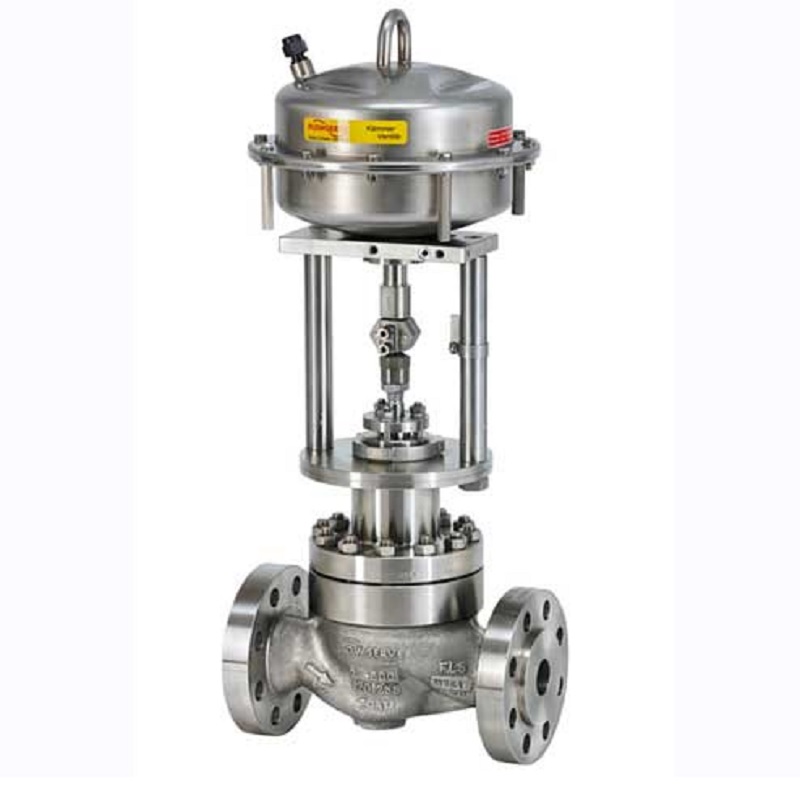Exploring the Performance of Modern Control Valves in Industrial Applications
Exploring the Performance of Modern Control Valves in Industrial Applications
Blog Article
Achieve Seamless Assimilation and Control With Quality Building Automation Controls
In the world of contemporary building monitoring, the relevance of top quality building automation controls can not be overemphasized. As innovation proceeds to advance, the integration and control of numerous systems within a structure have actually evolved to be extra efficient and advanced. The seamless operation and tracking of illumination, COOLING AND HEATING, safety, and other structure functions have actually come to be critical for improving resident convenience, power performance, and total operational effectiveness. Nonetheless, the journey in the direction of attaining real integration and control is a multifaceted one, with factors to consider varying from system compatibility to cybersecurity. Welcoming quality building automation controls is not just an issue of convenience but a critical important for organizations intending to optimize their facilities' performance and sustainability.

Evolution of Structure Automation Controls
Throughout the previous few years, the advancement of building automation controls has actually considerably transformed the means buildings are managed and run. At first, constructing automation systems mainly concentrated on basic features such as controlling ventilation, air, and home heating conditioning (HVAC) systems. As modern technology advanced, these controls have come to be more sophisticated, enabling for a bigger range of building systems to be incorporated and managed centrally.
The development of developing automation controls has actually seen a change in the direction of more smart systems that can adjust to changing conditions in real-time. This flexibility is important for optimizing power efficiency and guaranteeing passenger convenience. Additionally, modern building automation controls currently provide attributes such as anticipating upkeep, remote tracking, and data analytics, allowing facility managers to make data-driven decisions to boost structure performance.

Advantages of Top Quality Integration
The development in structure automation regulates towards even more smart systems has actually highlighted the substantial advantages of quality integration in maximizing structure procedures and enhancing overall efficiency. This central control additionally offers better visibility and understandings right into building performance, enabling positive maintenance and optimization approaches. Generally, the advantages of high quality assimilation in building automation controls are undeniable, offering enhanced efficiency, comfort, and operational performance.
Boosted Customer Experience and Accessibility
Enhancing individual interaction with building automation regulates with instinctive layout and boosted access raises the total experience for owners and center managers alike. By concentrating on individual experience, building automation systems can come to be extra easy to use and efficient. User-friendly user interfaces, clear navigating, and informative post adjustable setups encourage users to communicate with the controls quickly and effectively.
Accessibility functions play an essential duty in guaranteeing that all people, including those with impairments, can use the building automation controls with convenience. Incorporating attributes such as voice commands, tactile switches, and color-contrasted screens can boost access and make the controls a lot more inclusive.
Additionally, enhanced user experience leads to higher customer satisfaction, boosted productivity, and far better decision-making. Owners can readjust environmental settings according to their choices, while facility managers can efficiently handle and monitor structure systems - control valves. In general, focusing on individual experience and availability in building automation manages adds to an extra efficient and smooth structure setting for all stakeholders included
Sustainable Practices Via Automation

In addition, automation can facilitate the combination of sustainable power resources such as solar panels or wind turbines into building procedures. Via automation, buildings can line up with modern-day sustainability objectives and add to a greener future.
Future Trends in Building Control Equipment
In anticipation of advancing technologies and developing sustainability techniques, the trajectory of structure control systems is positioned to embrace ingenious options and transformative techniques. One famous trend forming the future of structure control systems is the increased assimilation of Expert system (AI) and artificial intelligence. These technologies enable buildings to adjust in real-time to transforming conditions, maximizing energy usage and enhancing convenience for residents. In addition, the Internet of Points (IoT) is changing building control systems by connecting gadgets and sensors to improve procedures and improve effectiveness.
Another key pattern is the focus go to website on cybersecurity actions to secure versus potential dangers to building automation systems. As buildings become a lot more interconnected, guaranteeing durable cybersecurity methods will certainly be crucial to protect sensitive information and prevent unauthorized access.
Furthermore, the change in the direction of cloud-based systems is obtaining energy, enabling systematized control and remote access to building systems. This facilitates much easier surveillance, upkeep, and updates, enhancing the total performance and versatility of building control systems. As modern technology remains to development, these fads are expected to form the future landscape of building automation controls, driving development and sustainability in the constructed environment.
Conclusion
Future fads in structure control systems are likely to concentrate on more improving automation abilities for improved power effectiveness and general efficiency. It is vital for building owners and operators to prioritize the fostering of high quality building automation controls to maximize building procedures and accomplish long-term sustainability objectives.
In the realm of modern structure management, the value of top quality building automation controls can not be overemphasized. In general, the development of structure automation controls proceeds to drive development in the structure management industry, using brand-new possibilities for developing smarter and much more sustainable buildings.
The advancement in building automation regulates towards even more intelligent systems has emphasized the substantial benefits of high quality integration in enhancing structure operations and boosting total efficiency. Generally, prioritizing individual experience and ease of access in structure automation manages adds to a much more effective and seamless building setting for all stakeholders entailed.
It is necessary for building proprietors and operators to prioritize the fostering of top quality structure automation controls to optimize building procedures and achieve lasting sustainability goals. - control valves
Report this page